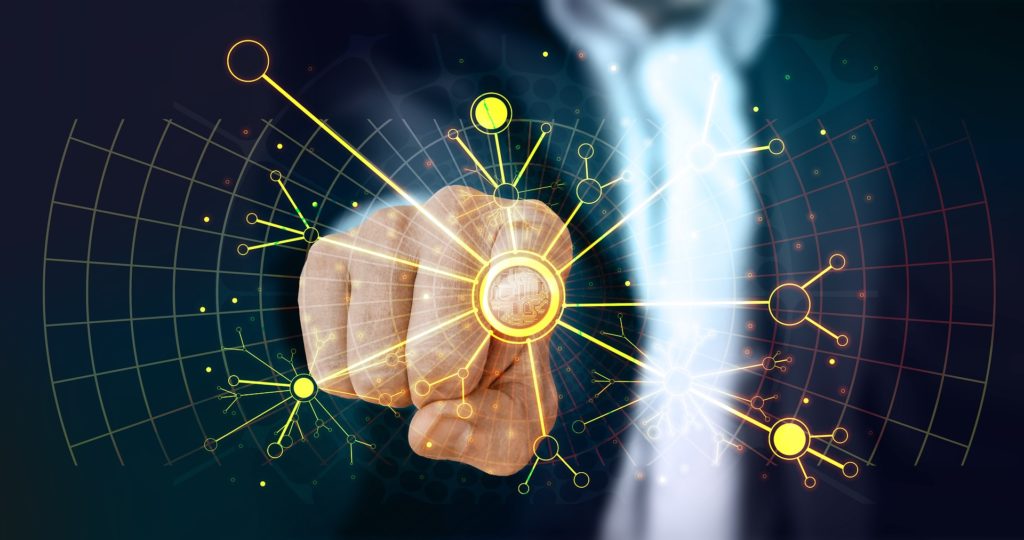Is Machine Learning Helping or Hurting Manufacturing?

Although the manufacturing industry is well established, the vertical still has its ups and downs. Over the years, industry leaders have made advances that pushed the entire vertical forward. Henry Ford’s moving assembly line didn’t only benefit automakers, for example. It revolutionized the manufacturing industry overall.
In more recent times, manufacturers have an ever-increasing amount of data available across niches. Even if you agree that’s a good thing, the data provides no additional value unless manufacturers can do something with it.
While humans are capable of analyzing data, just one typical manufacturer would need a veritable army of analysts to sort through the information it collects in an hour. Luckily, there are alternatives to ramping up your team of analysts and multiplying your company’s labor costs. And those alternatives are machine learning and artificial intelligence.
Machine Learning vs. Artificial Intelligence (AI): What’s the Difference?
If you’re familiar with manufacturing trends, you’ve probably heard the terms “machine learning” and “AI.” You may have even noticed people using them interchangeably. Although that’s fairly common, they aren’t the same thing.
In laymen’s terms, artificial intelligence is a broad concept involving machines doing things humans can do in a “smart” manner. Machine learning puts AI to work in the context of machines gaining knowledge as they access and analyze data.
Current Uses of Machine Learning and AI in Manufacturing
From the C-suite to the frontlines, machine learning and AI are disrupting the manufacturing industry in remarkable ways. It’s wise to remember this piece of manufacturing advice — this technology is here to stay, and it will only disrupt the manufacturing vertical even more in the years ahead.
When you visit a carmaker’s production floor and see robots building vehicles, you are witnessing AI at work. If you get an automated notice from a vendor that your supply of widgets is running low even though the vendor is halfway across the globe, you are benefiting from machine learning. However, these examples of AI and machine learning are merely the tip of the figurative iceberg.
The Future of Machine Learning and AI in Manufacturing
It’s not overstating to say the future of machine learning and artificial intelligence in manufacturing and other industries is limitless. The only limit to this technology is human imagination. If they’re not already in place as you’re reading this, these capabilities aren’t too far off on the horizon:
- Self-driving trucks and forklifts
- Robotic pickers
- Automated deliveries
- Self-monitoring inventories
- Autonomous compliance and regulatory checks
- Automated order tracking
Pros and Cons of Machine Learning and Artificial Intelligence
Machine learning and artificial intelligence can make manufacturing more efficient and order fulfillment more accurate and less labor-intensive. While that’s great news, the technology has one widely perceived downside that makes some hesitant to adopt machine learning and AI — employment.
Some people worry machine learning and AI will replace too many human workers. While this concern is understandable, it shouldn’t deter any manufacturer from adopting machine learning and AI. Incorporating this technology into your operation doesn’t mean you’ll have to let anyone go. Instead, it will give your company the chance to retrain some employees to perform different tasks.
People will still have to program and maintain robotic workers. Employees will still have to intervene if a system crashes or malfunctions. Rather than replace employees, machine learning and AI can get used alongside humans in the manufacturing industry.
What Are Your Thoughts Regarding Machine Learning and AI?
Do you agree with Global Electronic Services and believe machine learning and AI are helping rather than hurting manufacturing? Whether or not you share our viewpoint, we’d love to hear what you think. Please share your thoughts below.
